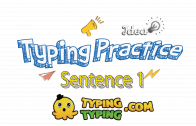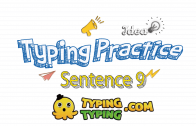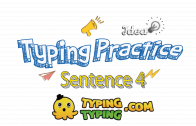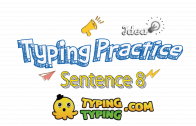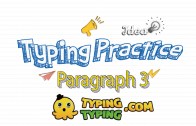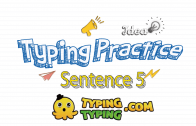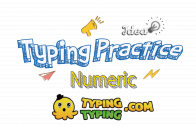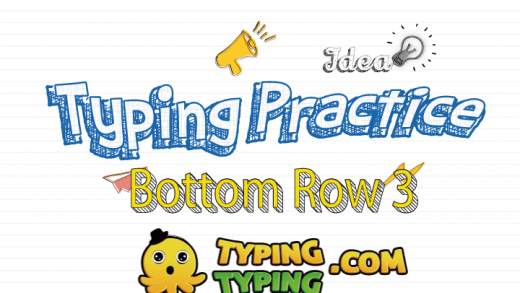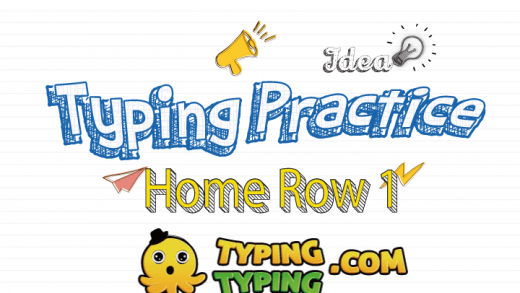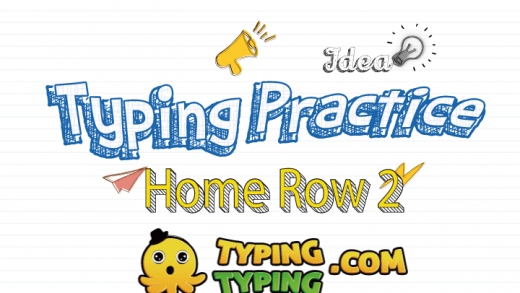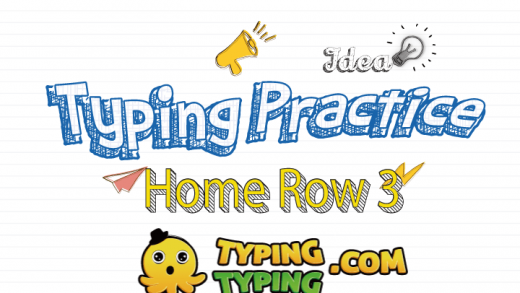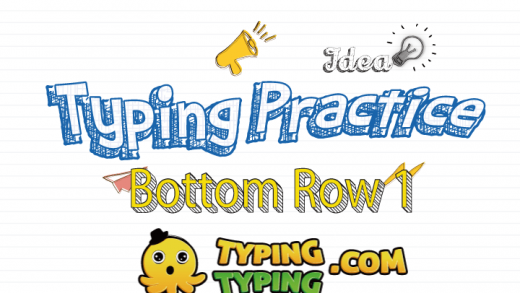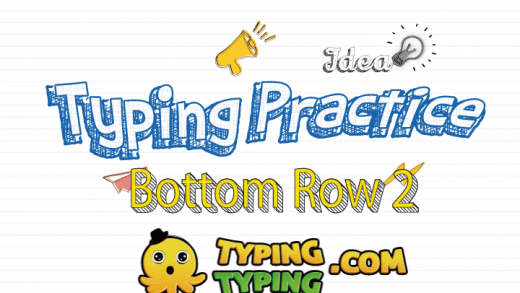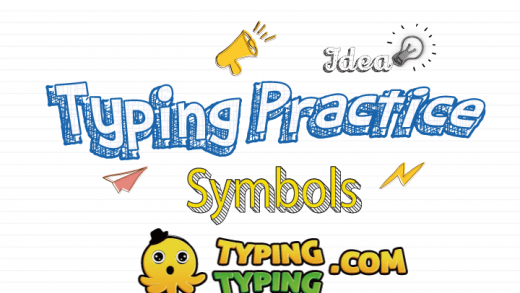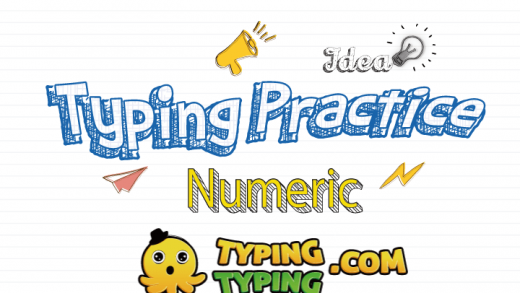Typing Practice
Learning How to Touch Type
Touch typing is all about the scheme that every finger has its own area on the keyboard. Thanks to that fact, you can quickly type without looking at the keys. It would be best if you practiced regularly, and your fingers will learn their location on the keyboard with the muscle's memory.
Best Sitting Posture for Typing
- Sit straight and must keep your back straight
- Importantly keep your elbows bent at the right angle
- Face the screen with head slightly tilted forward
- Must keep at least 45 to 70 cm of distance between your eyes and screen.
Expose the arm, shoulder, and wrist muscles to the least possible strain. The wrist can touch the tabletop in front of the keyboard. Try not to shift your body weight to the wrists by resting on them.
Best Home Row Position
Curve fingers a little and put them on the ASDF and JKL, keys in the letter keys' middle row. This row is called HOME ROW because when you start typing, you will start from these keys and return to them. F and J under the index finger must have a raised line on them to aids in finding these keys without looking
Keyboard Scheme
The color-coded keyboard under the lesson input field will help you to understand the finger must press each key.
- Press keys only with the fingers for which they've been reserved
- Return to the starting position of fingers ASDF – JKL
- On the keyboard Imagine the location of the symbol when typing
- Your keystrokes should come at equal intervals, maintain and establish a rhythm while typing.
- SHIFT key is pressed y the pinky finger opposite to the one hitting the other key.
- To press the Space bar, use the thumb of whichever hand.
This method seems inconvenient at first, but it does not stop. Eventually, you will find out that you're typing easily, quickly, and conveniently. To achieve the results, select a touch typing course for your keyboard layout and in any language.
Best Fingers Motion
Never look at the keys when you type; slide your finger around until they find home row marking.
Limit your finger and hand movement to what is important to press a specific key. So, keep your fingers and hands close to the base position. This process will improve typing speed and reduces the stress on the hands.
Please pay attention to little fingers and ring fingers since they considerably understand.
Typing Speed
Never rush when you started learning typing. Speed up when your fingers press the right keys of the keyboard out of habit.
- Take your time when your typing to avoid mistakes. The speed will pick up as progress.
- Scan the text a word or two words in advance
- Must pass all typing lessons at Ratatype. It'll help you to get the average tying speed.
Take Care of Yourself
In the end, take a break if you feel that you are getting distracted and making a lot of mistakes. It is productive to come back when you feel refreshed.

